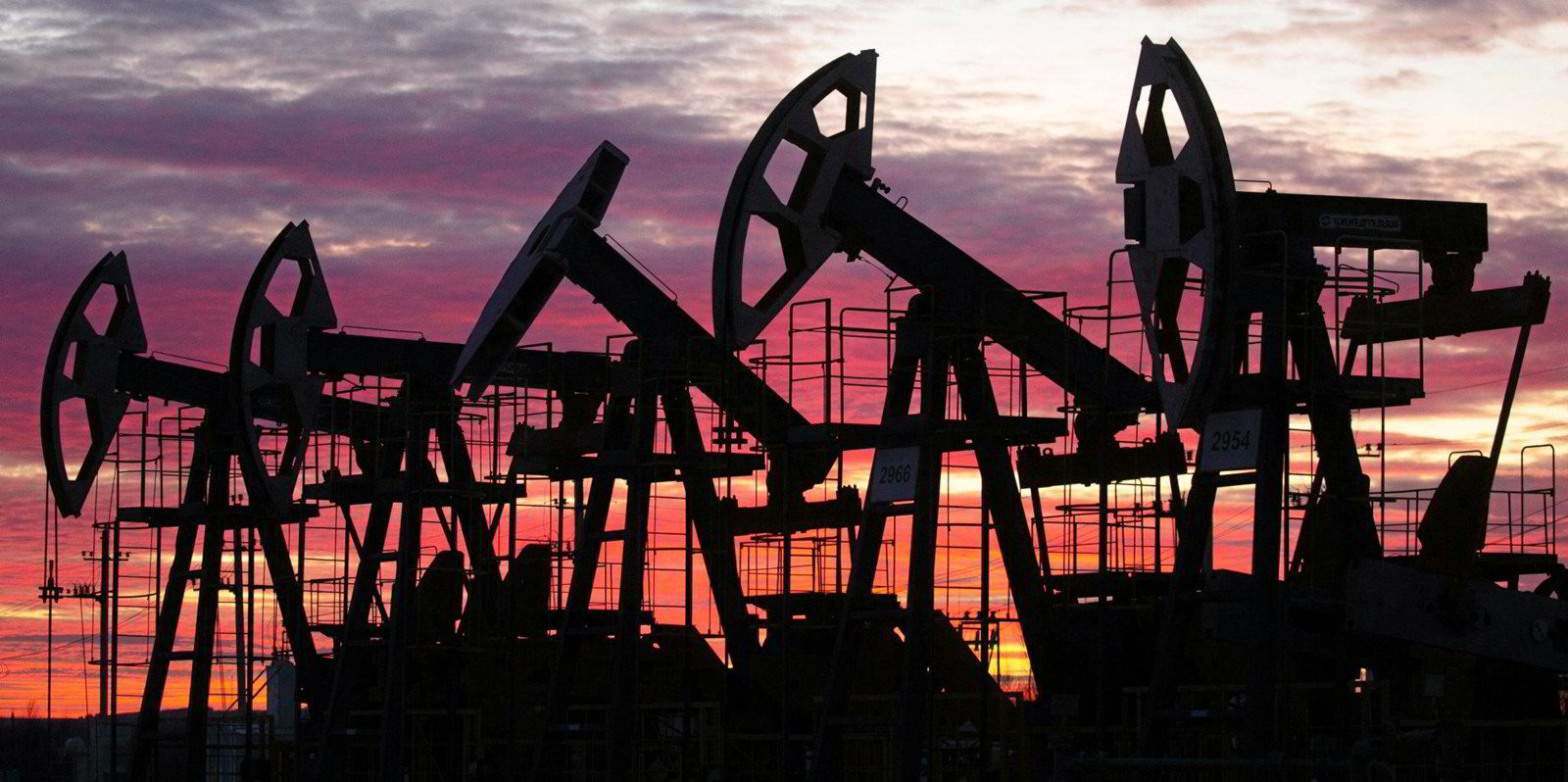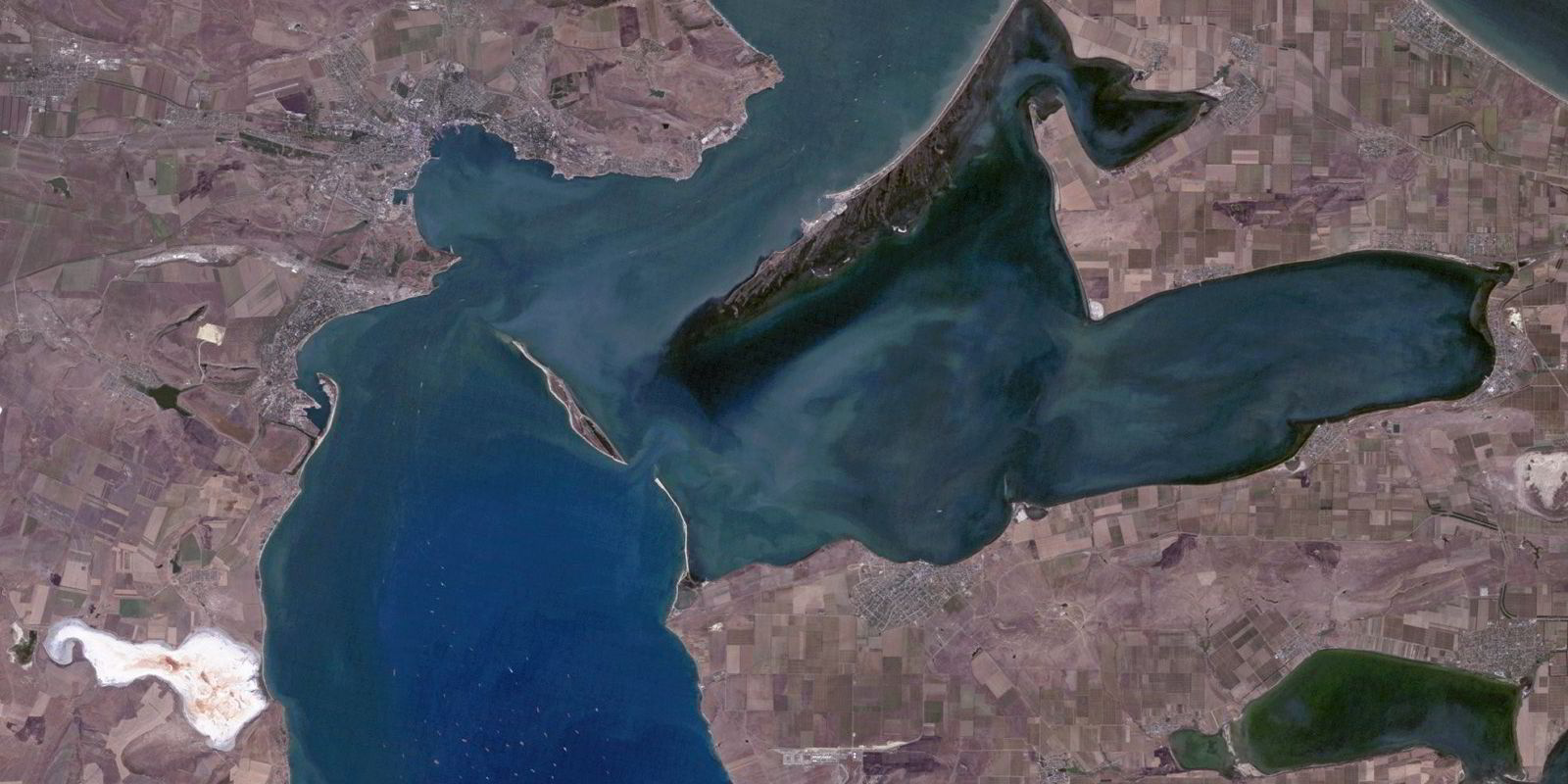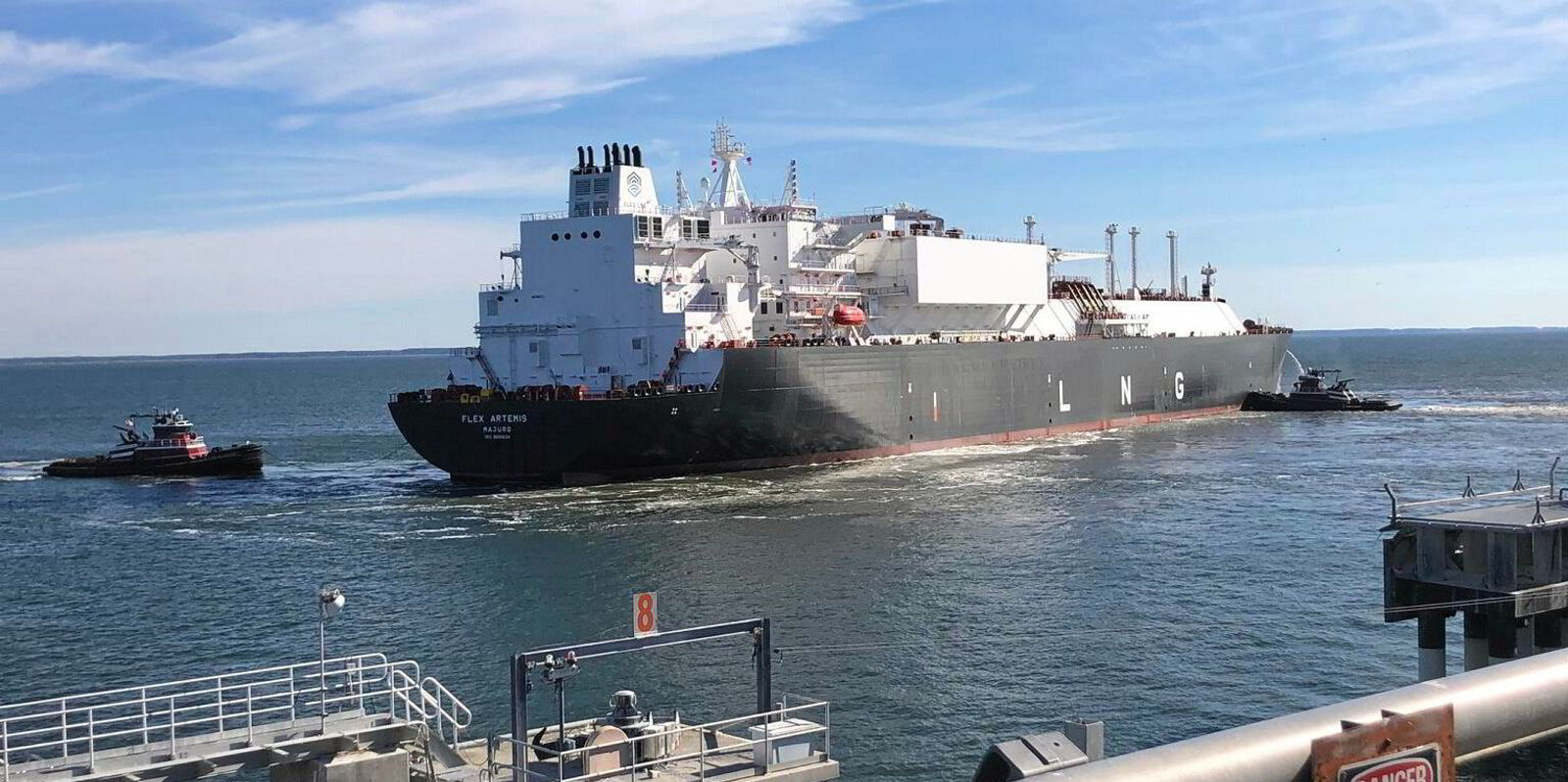The rising price of Russian crude has sparked an exodus of tankers from the trade amid fears of breaking G7 sanctions, according to analysts.
Russia’s Urals crude, shipped from its Baltic and Black Sea ports, breached the $60-per-barrel price cap earlier this month in a development that threatens to force mainstream owners out of the trade.
G7 and European Union shipowners, insurers and financiers would breach sanctions if they continued to trade in Russian oil that was sold above the price cap.
The Urals price rise has led to a “flood” of aframaxes and suezmaxes that previously lifted Russian crude becoming open to other cargoes in the Atlantic Basin, shipbroker BRS Group said.
BRS said the extra tonnage has hit rates on those routes, notably from Ceyhan, Turkey, to Lavera, France, where time-charter equivalent (TCE) earnings for aframaxes have slumped from $38,000 per day at the end of June to about $26,000 per day now. Production issues in Libya were also a factor.
It said continued Urals production cuts and the Russian tanker exodus mean routes across the Atlantic and Mediterranean “will remain under downward pressure from growing tonnage lists over the coming weeks”.
The latest shift caps an extremely volatile 18 months of trading in which the Baltic Exchange’s TCE basket for aframax routes has slumped from a peak this year of nearly $89,000 per day on 22 March to $32,000 per day on Monday.
A sustained breach of the price cap could have a significant impact on the shape of the tanker trade, as 70% of Russian crude was lifted by the mainstream fleet over the past few months because vessels were able to operate within the sanctions restrictions.
The price rises have been attributed to production cuts announced by Russia and other Opec+ countries, including Saudi Arabia. Russian crude exports peaked at close to 4m barrels per day (bpd) in May but have since slipped and are likely to settle around 3.5m bpd, according to BRS.
It said the price rises mean “mainstream tanker owners have increasingly shied away from lifting Russian barrels”.
Owners are nervous about being exposed for hauling sanctioned cargoes because they are reliant on compliance documents supplied by traders for cargoes that pass through several hands before being loaded.
It added: “The lack of Western insurance for tankers shipping cargoes sold above $60 a barrel would not be acceptable to a mainstream owner, which explains their withdrawal from Russian trades over recent weeks.”

One alternative for the G7 and EU to keep Russian oil flowing would be to increase the price cap — a move that would probably be strongly resisted by Ukraine and other European nations that have taken a hawkish stance on the policy.
Aframaxes take flight
The departure of the aframaxes and suezmaxes from the Russian trade could also mean a return to shuttle operations and the increased use of VLCCs seen in previous months.
Early in the war in Ukraine, aframaxes hauling Russian crude would transfer multiple cargoes to VLCCs off West Africa and Europe. The tactic made the best use of limited aframax tonnage and was the cheapest option for the long haul to key customers in Asia.
BRS said ship-tracking data suggested there were “several grey fleet VLCCs loitering offshore in the [West Africa] region, which would make good candidates to eventually receive Russian barrels”.
The French shipbroker has identified a six-tier global tanker fleet ranging from sanctioned tankers involved in Iranian, Venezuelan and Russian trades to mainstream vessels that are boycotting Russian oil.
It said the grey fleet accounted for four of those tiers, amounting to 796 tankers. Of those, 328 were not linked to Iranian or Venezuelan trades and could be used to export Russian oil.






